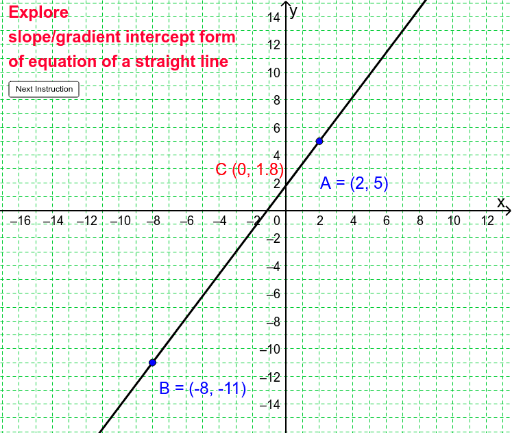

This will give more flexibility to the current calculation. In the future we will look at making is so you can do a balanced calculation with a settable distance filter (in multiples of the cell size). – this can be good or not so good depending on what you want to show. Note however that this effectively smoothes the slopes though as there are now computed across three cells effectively ignoring the actual height of cell P.

Thus the slope computed is the effective slope passing through point P. A balanced algorithm on the other hand would compute the gradient across P, for example from AC or BD.This will guarantee that you get the steepest of the four slopes computed, however it is slightly unbalanced in the sense that the slope stored at point P for the slope surface is based on the steepest slope looking from Point P.Thus the selected gradient for one cell may not be the same as its neighbor. It is important to realize that the slope calculation for each cell center over the whole surface is computed independently. The actual angle is then computed from the arctan function and converted into degrees. The current algorithm computes a maximum slope by computing the slope of the AP, BP, CP, DP and selecting the maximum of the absolute value of these four slopes. The distance AP, BP, CP, and DP are all equal to the grid cell size. The light grey box illustrates the size of the grid cell represented by point P. Note that P, A, B, C, D represent the cell centers of the point of computation and the west, north, east, and south neighboring cells respectively. This discussion is based on the diagram below, which illustrates the computation of the slope at a given point P on the grid.

Fledermaus creates the slope in decimal degrees.


 0 kommentar(er)
0 kommentar(er)
